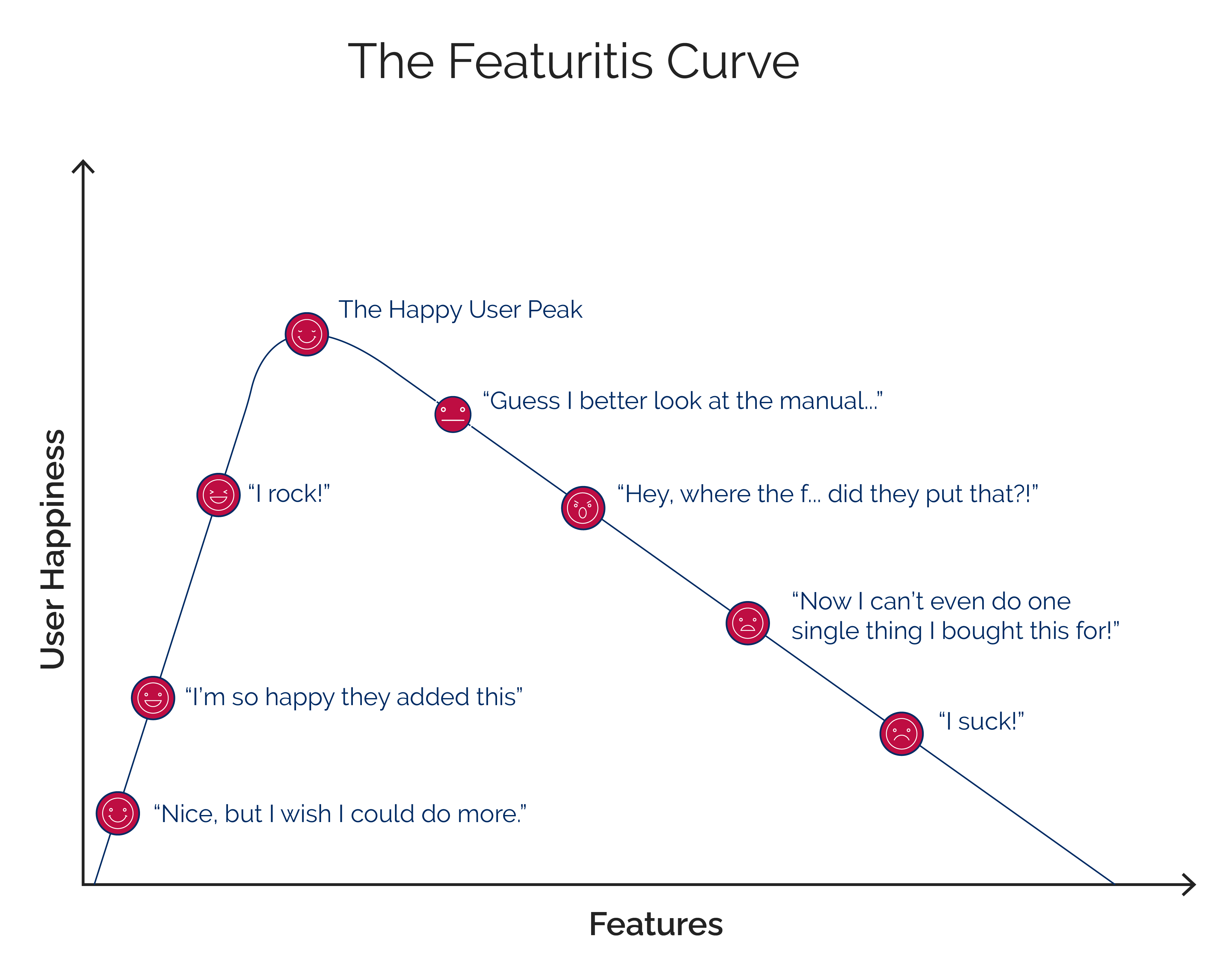Structure product development lifecycle with multiple milestones of OUTCOME than output, focused on end users and business sponsors.
Never astray on the Customer Journey
At Caizin, we believe that the definition of “done” may sometimes vary between team members and skills. For us, the metric associated with a step in the user journey that a particular feature will influence drives the measure of done-ness.
More often than less, we start with 3-4 user personas most critical to journey mapping and subsequent user validation. Sometimes, as the product validation with actual users matures, different user personas may emerge that must be addressed. These personas mostly fall into either decision makers or adoption influencers and play a vital role in the product market fit.
Reverse map delightful experience to ideation
At Caizin, among the wide variety of product feature prioritization models, we never lose sight of the Kano Model of product prioritization.
Through user research and competitive analysis, it is relatively easier to discover the must-be (basic) and one-dimensional (satisfiers) features. The attractive (delighter) features require careful questioning in user research and a better understanding of emotional, social, and aspirational needs. Bringing such features into ideation early in the cycle helps gain customer excitement to participate in the discovery and subsequent product validation.
Bring the roadmap to life with an immaculate delivery plan
At Caizin, we believe that the product roadmap shall inspire teams to develop a release, delivery, or project plan to deliver the product’s vision.
The roadmap shall communicate the why, showcase the vision and bring together all the significant steps the team intends to take along the way (goals to be reached, problems to be solved).
Our product roadmap consists of an aligned hierarchy of:
-
Purpose - Why are we doing what we are doing?
-
Objectives - What are the objectives?
-
Key Results - What are specific key results, quantifiable and measurable goals associated with an objective
-
Teams - What are the different teams and functions that participate in achieving that goal
-
Initiatives - What are the initiatives/projects each team shall initiate, collaborate and report upon, and their sequence and interdependencies
The teams then take the “Initiatives” and
-
Break them down into features, stories, and tasks
-
Size stories and tasks based upon their sizing methods (story points, t-shirt size)
-
Collaborate with business sponsors and other teams to create a go-to-market calendar
-
Complete a sprint plan working backward based on required team structure and raw velocity assumptions to match the calendar
-
Validate the cost, assumptions, and risks with the business sponsors
-
Move forward with a stakeholder communication plan on the “initiative” level and team ceremonies at the sprint level
Build to Measure (and Don't Ship Before We Have Metrics)
Focus is critical when it comes to the product, which is why we need to identify what KPIs (Key Performance Indicators) and product metrics are most important to chase the right ones. The specific metrics we monitor within our team (and/or with our engineers) will likely vary from those our stakeholders care about individually, though as a whole should act as levers to what we are tracking across the organization.
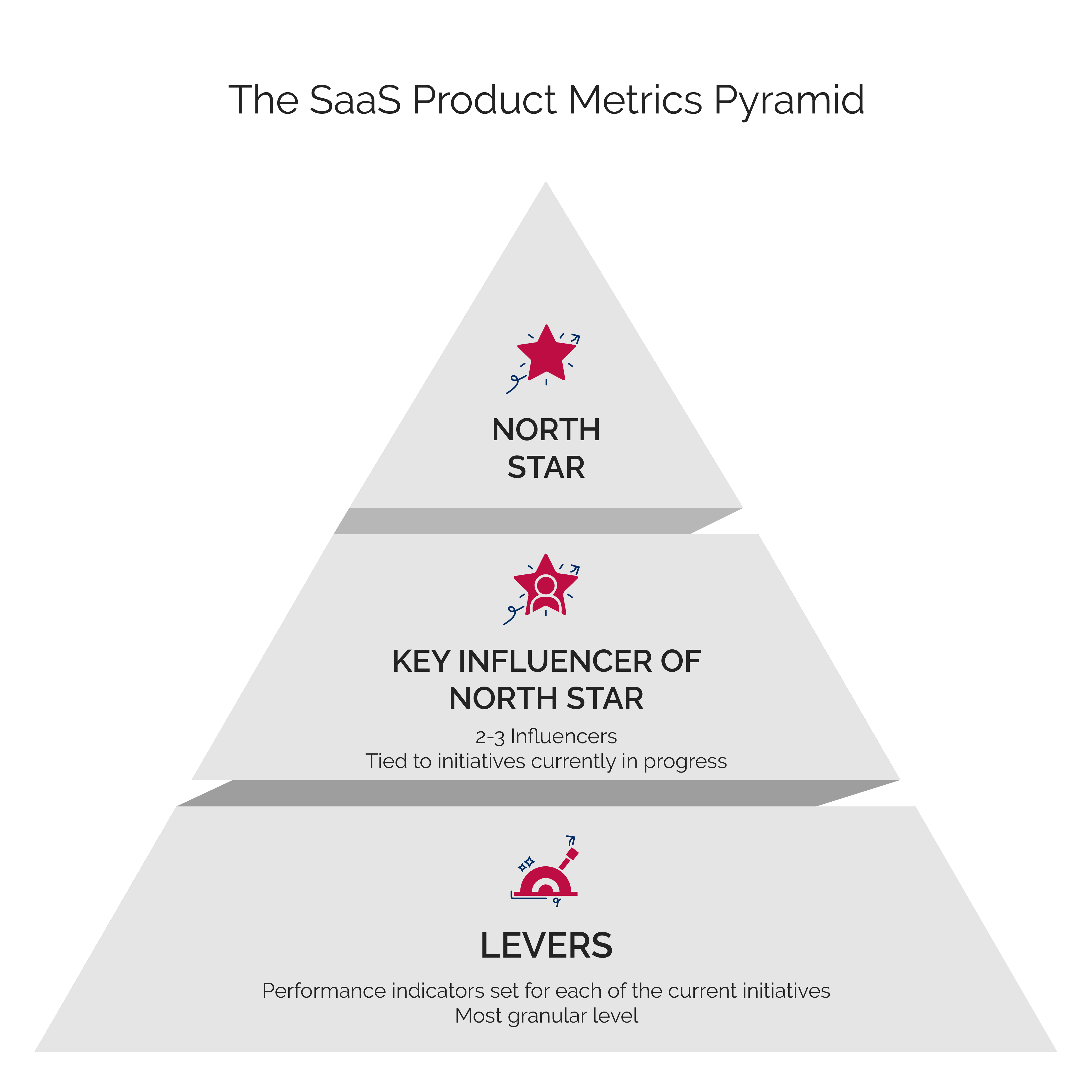
In our experience, a metrics support product delivery culture brings the following benefits..
Alignment, Commitment & Focus
Metrics are like drawing a line in the sand, a commitment we make for however long we need to optimize the company’s performance based on that metric. They’re the things we need to be moving the needle on to ensure the product stays funded or to show the leadership that the work we are doing delivers value both to the business and the end users of the product - the two are intertwined. Satisfying, acquiring, and engaging users benefit the business and consequently, the product.
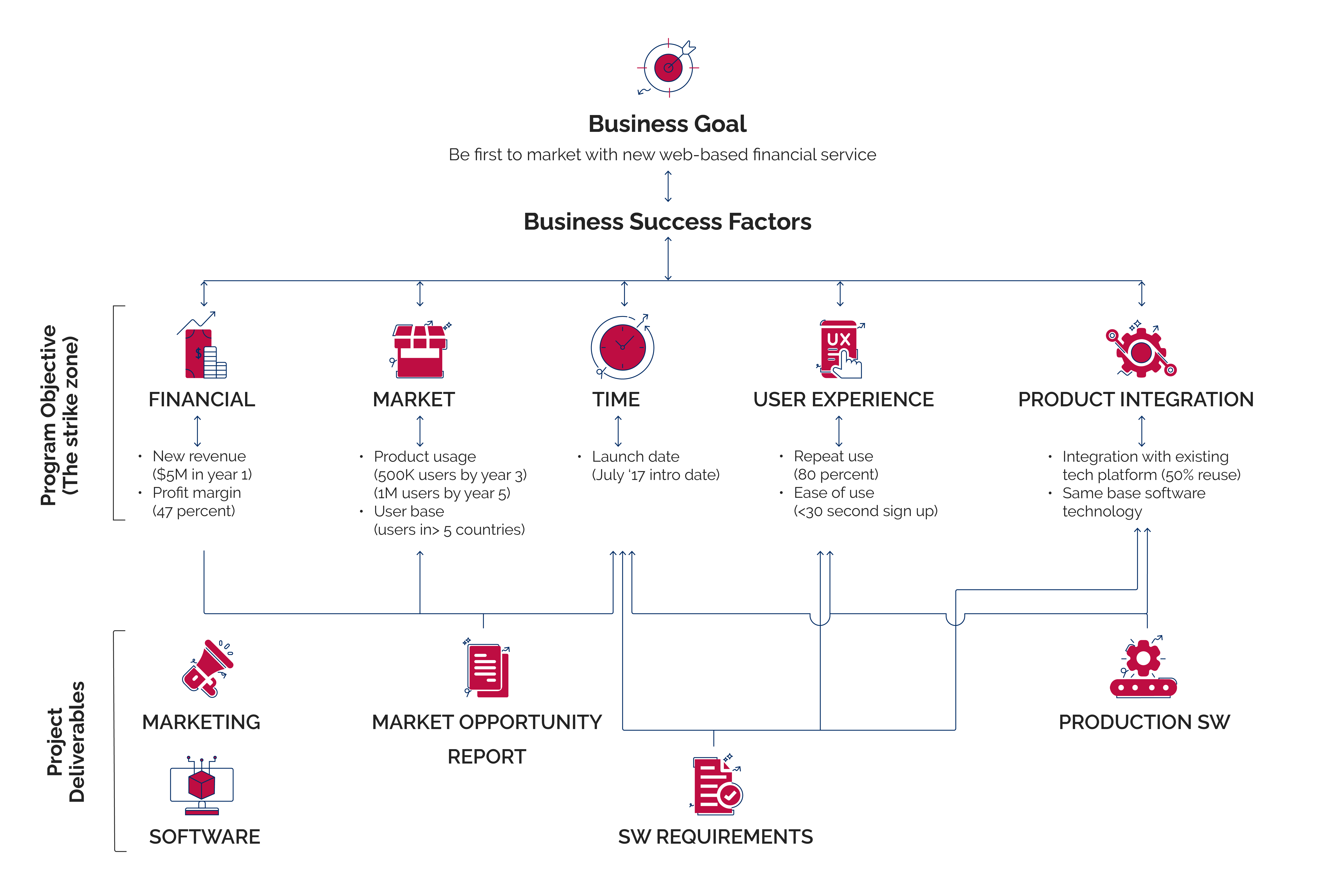
Continuous Improvement
Often looking at a ratio is a better bet than an absolute number because it gives us something to compare it to over time and ask ourselves, “are we doing better, worse or the same?”. In place of a fixed number metric, increasing a number from A to B are more robust to bring a mindset of continuous improvement. We learn as we go, then reinvest this information to make better product decisions down the road. If all we know is whether the investment was successful, without knowing why, then we won't know what our next investment should be, and eventually, our luck will run out. User engagement metrics are particularly incremental and help understand and improve how users interact with the product.
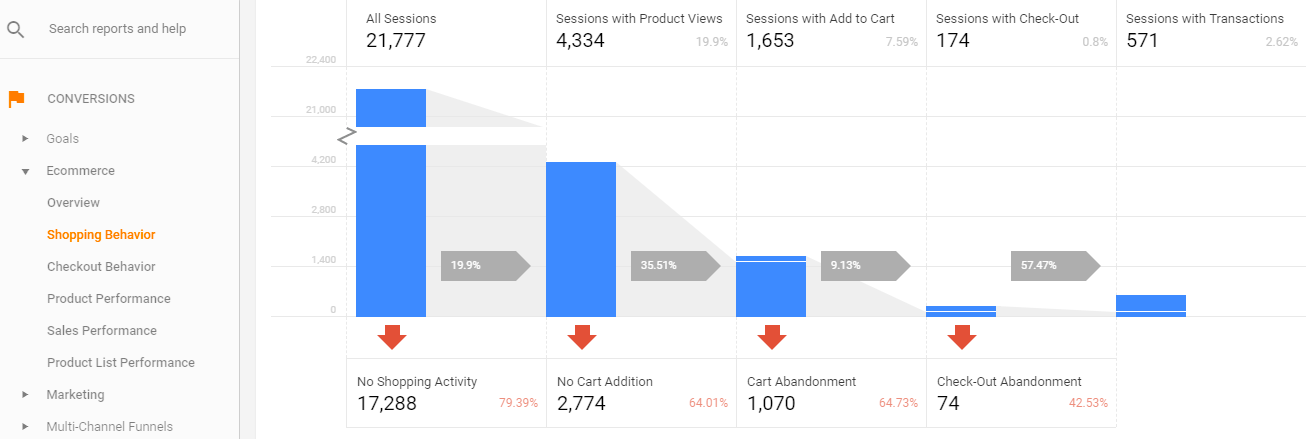
Money
Whether it’s an indicator of how much we are making today or how much we will make in the future, monetary metrics matter. Some people may object to money being the central purpose of a product. Still, since money pays for salaries, electricity, office space, health benefits, taxes, etc., the product's success must be traceable to this.
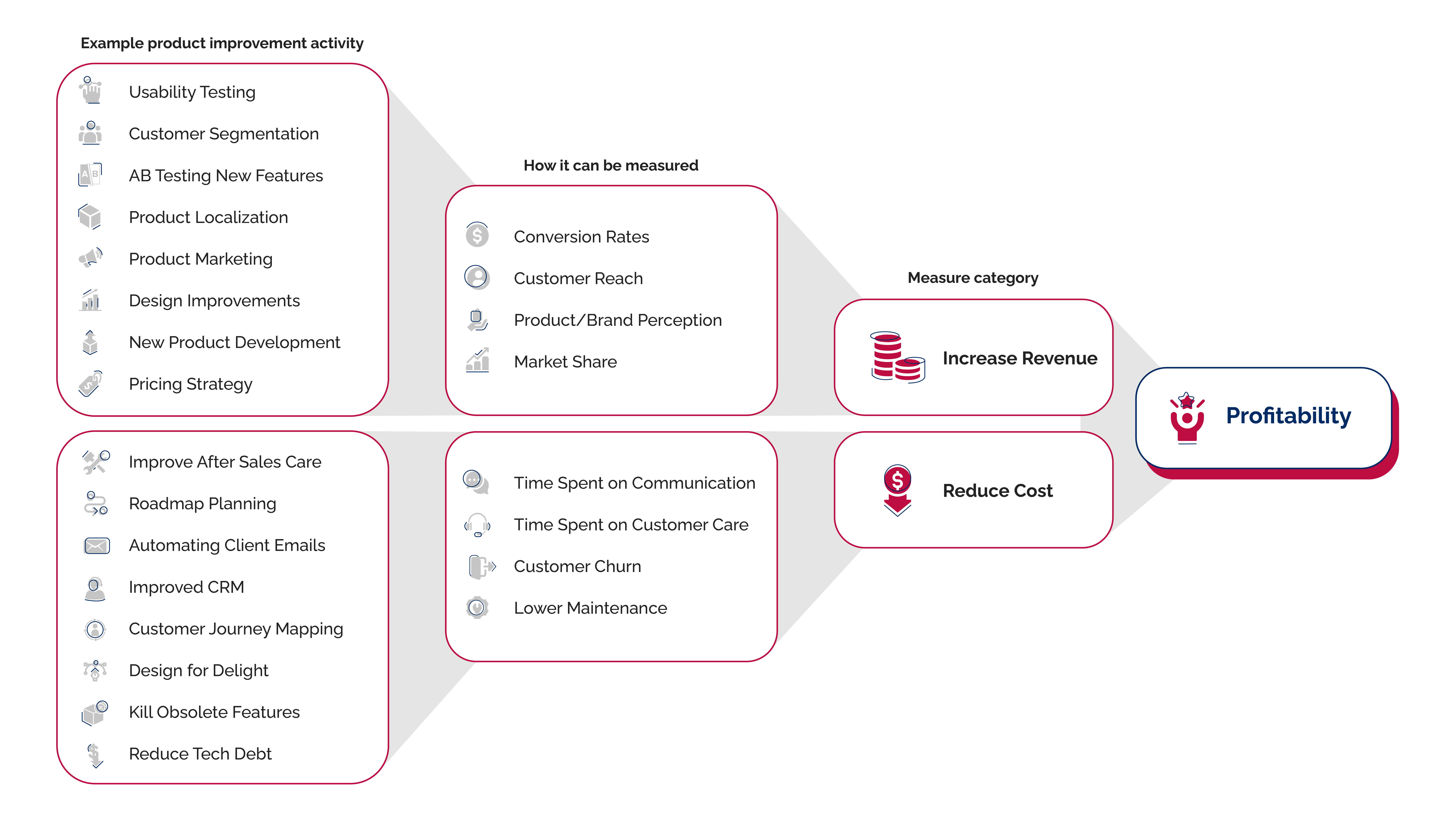
Avoid Product Fatigue
Product usage metrics allow you to focus on keeping and improving features that customers are engaging with and using and avoid offering and maintaining features that do not show any sign of adoption and use even after a few increment improvements.
